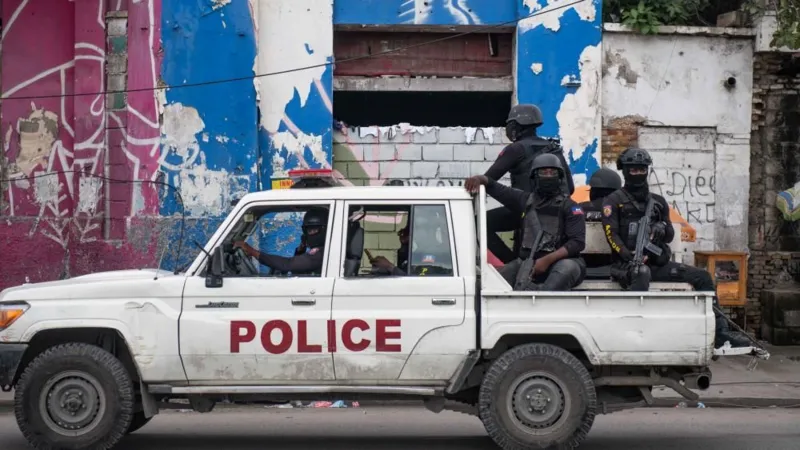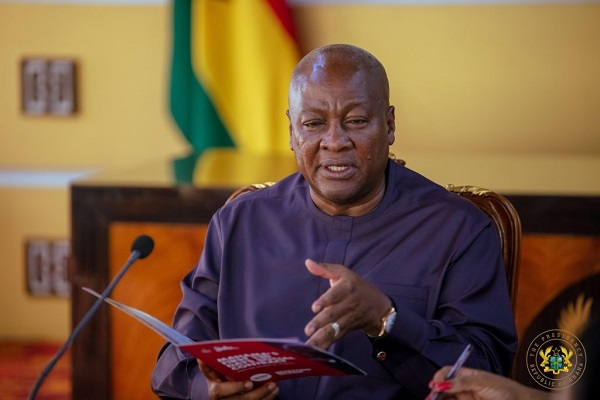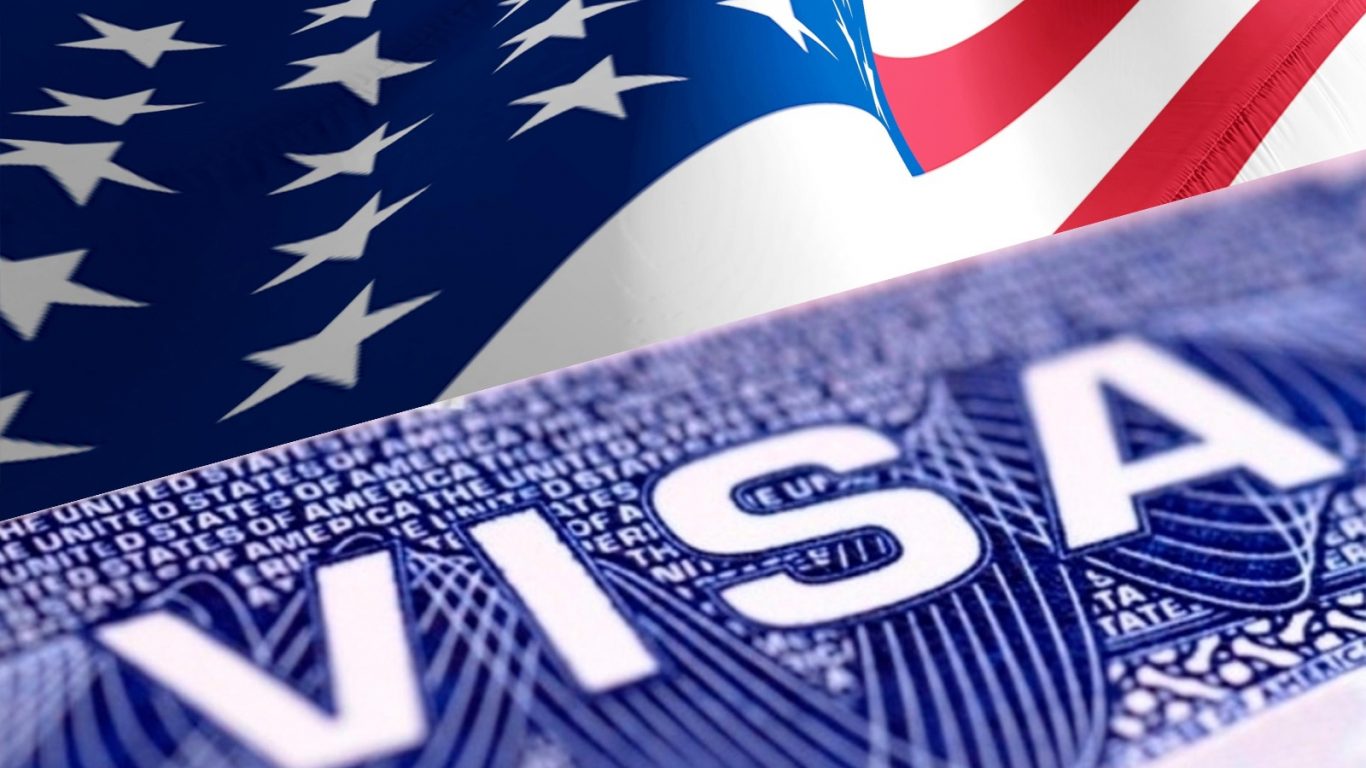China Turns Up the Heat on Taiwan With Live-Fire Drills
The drills were the latest show of force by China, which claims Taiwan as its territory and has protested Western support for the island.

China said it would carry out live-fire military drills in the Taiwan Strait on Tuesday, the latest in a recent drumbeat of military activity that has once again heightened tensions in the region.
Tuesday’s drills come a week after the Chinese military launched record-setting exercises aimed at showing a potential blockade of Taiwan. They also follow a transit through the strait on Sunday by American and Canadian warships, in what a Chinese military spokesman called an attempt at “stirring hype” and “undermining peace and stability.”
The live-fire drills are expected to take place for four hours around China’s Niushan Island, the closest point between mainland China and Taiwan, and about 100 miles from Taipei. Drills were also scheduled at another location farther north. They were announced by the local Maritime Safety Administration in Fuzhou, the Chinese city that oversees Niushan.
Taiwan appeared to downplay the significance of the drills. The island’s premier, Cho Jung-tai, told reporters in Taipei on Tuesday that the exercises were a pointless threat.
“No matter the scale of the exercises, there should not be such meaningless shows frequently or near to Taiwan,” he said. “This will only cause sudden and unnecessary tension.”
He added that the Taiwanese military would be prepared: “Nothing unexpected will happen.”
Taiwan’s Ministry of National Defense struck a similar note, issuing a statement calling the drills “part of annual routine exercises” by China’s military. Still, it acknowledged that China could be using the exercises for a “deterrent effect.”
China did not give a reason for Tuesday’s live-fire exercises. But Beijing routinely uses smaller-scale exercises to convey dissatisfaction with developments related to Taiwan, and they were probably a response to the Western warships, said Shu Hsiao-huang, a researcher at Taiwan’s Institute for National Defense and Security Research, a think tank backed by Taiwan’s defense ministry.
“China often uses these kinds of small-scale exercises as a very flexible means of external propaganda,” he said.
Beijing put on a much larger show of dissatisfaction last week, in response to a National Day speech by Taiwan’s president, Lai Ching-te. It sent a record number of Chinese warplanes across an informal boundary between China and Taiwan. Chinese Coast Guard boats also joined naval ships in encircling the island, and a Chinese aircraft carrier was deployed on Taiwan’s east flank. A Taiwanese official, speaking to reporters on the condition of anonymity, said last week that China fired two missiles during those drills.
The exercises were aimed at demonstrating how China could try to cut off Taiwan if it invaded. That would make it more difficult for the United States and its allies to come to Taiwan’s aid, as President Biden has pledged to do.
The frequency of the exercises suggests that China is stepping up its intimidation efforts: The Chinese military has held two such large-scale exercises since Mr. Lai took office in May, the same number that it held over the previous eight years.
Beijing has long loathed Mr. Lai, accusing him of advocating Taiwanese independence, though Mr. Lai’s supporters say he wants self-rule without calling for outright independence.
The drills are part of a pressure campaign that has grown in recent years. Chinese jets already regularly fly in skies near Taiwan, testing the island’s defenses. The frequency of such incursions also raises the risk of a conflict, accidental or otherwise, that could draw in the United States.
About a week after Beijing’s exercises ended, the U.S. and Canadian warships sailed through the strait. The U.S. Navy’s Seventh Fleet, which oversees the American ship, said in a statement that the transit was routine, through waters beyond any country’s territorial waters, and “demonstrated the United States’ and Canada’s commitment to upholding freedom of navigation for all nations.”

China’s foreign ministry has contended that the Taiwan Strait is a Chinese, not an international, waterway. On Monday, the Chinese military spokesman, Li Xi, said Chinese naval and air forces had “monitored and stood guard” throughout the ships’ passage.
Source: New York Times
























































